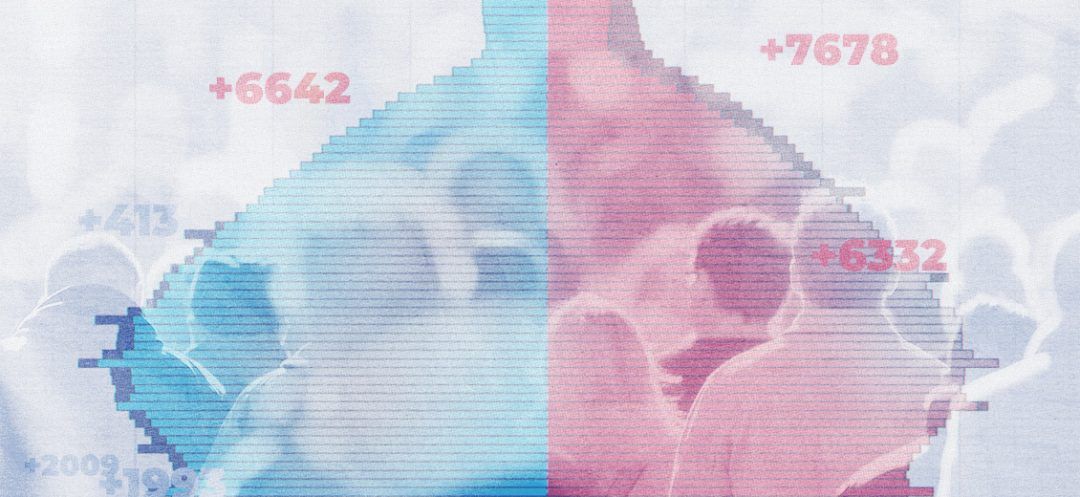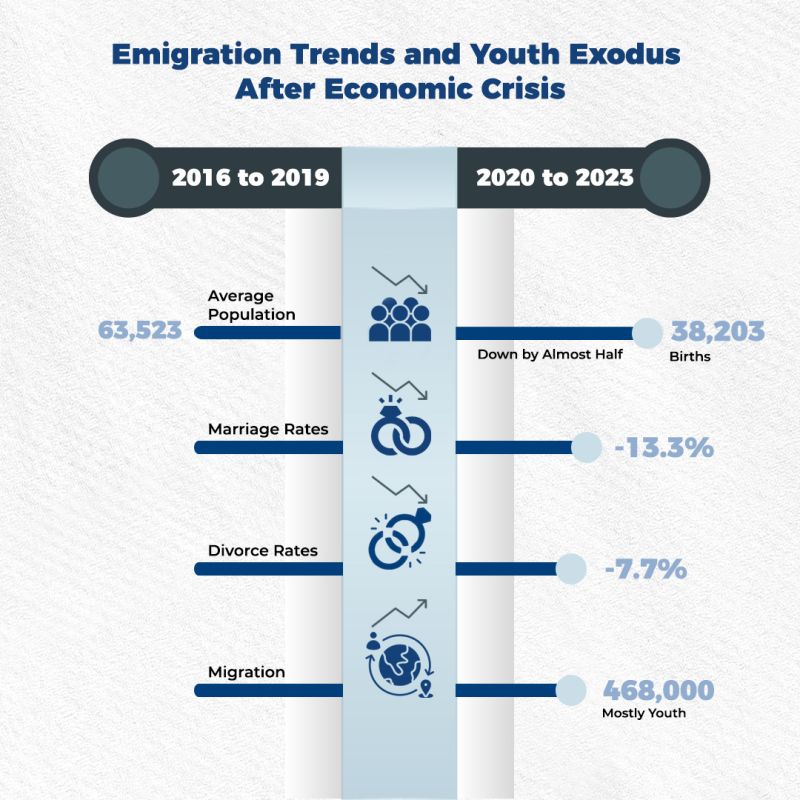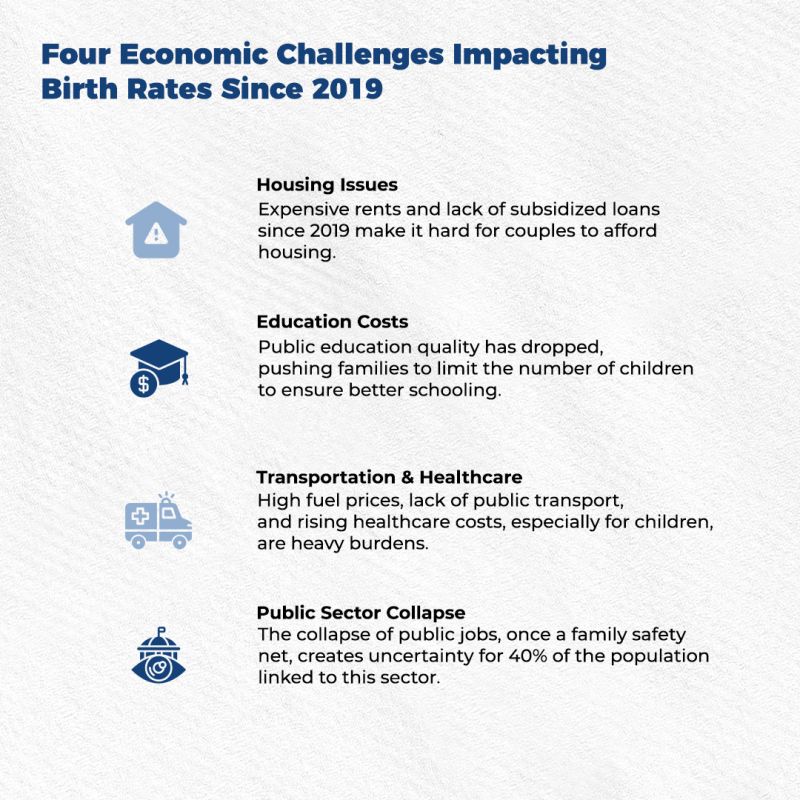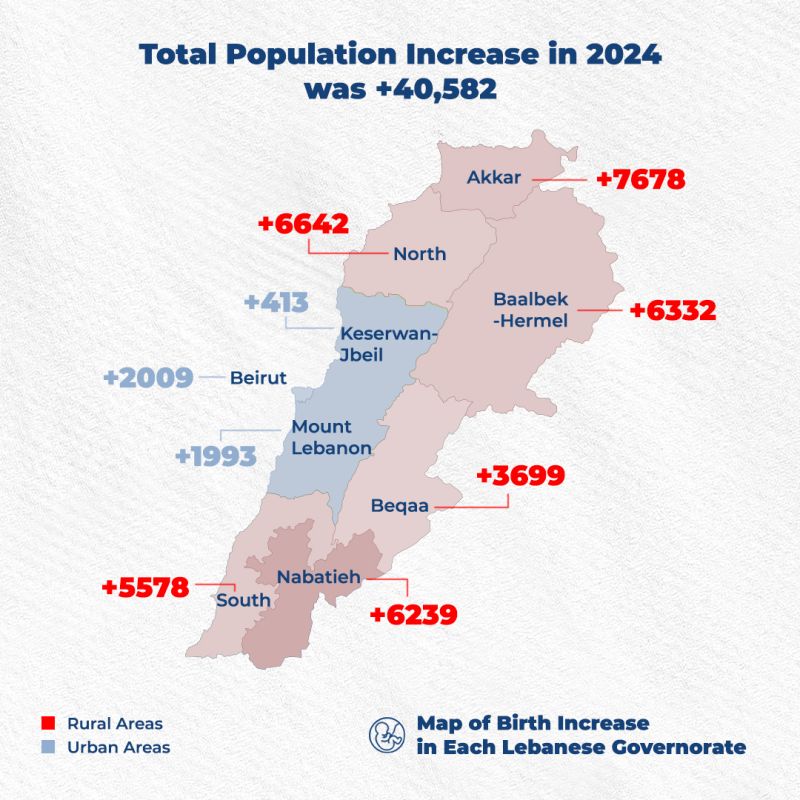
Lebanon’s ongoing economic crisis and the growing threat of war have resulted in a new phenomenon: fewer children in Lebanese households.
Health professionals in particular have observed this trend firsthand.
“Five years ago, I used to deliver 100 babies a year; now I deliver only 30,” Dr. Miled Rizk, a gynecologist at the Middle East Hospital and Saydet Zgharta University Medical Center, told This is Beirut.
According to Dr. Rizk, very few of his patients have a second child, and families with more than two children are nearly non-existent.
General Decrease In Birth Rates

From 2020 to 2023, Lebanon experienced an average population increase of 38,203, almost half as much as between 2016 and 2019, when the increase was about 63,523 births per year. These figures were provided to This is Beirut by Mohammad Shamseddine, a researcher at Information International.
In addition to the economic crisis, the COVID-19 pandemic has also played a pivotal role in this demographic shift. It not only heightened fears of parenthood but also contributed to an increase in death rates.
Marriage rates have dropped significantly by 13.3% between 2016 and 2023, while divorce rates have risen by 7.7% during the same period.
Migration is also a key factor contributing to population decline, with an estimated 468,000 people having emigrated from Lebanon between 2016 and 2023.
A Crashing Economy

Speaking to This is Beirut, former Minister of Finance Damianos Kattar outlined four major economic factors that have contributed to Lebanon’s declining birth rates during the economic crisis:
- Housing Issues:
“In times of crisis, you can't buy a house, and rent becomes extremely expensive,” explained Kattar, noting that the absence of subsidized loans since 2019 has worsened the situation, leaving couples "stuck" with limited affordable housing options due to rent laws implemented over the last nine years.
- Education as a Competitive Tool:
The former minister pointed out that public education has lost its competitiveness due to the ongoing crisis, pushing families to have fewer children to ensure they receive good-quality education.
- Transportation and Healthcare Costs:
Kattar cited rising fuel prices and the lack of public transportation as significant burdens. Additionally, the cost of vaccines and healthcare for children from birth to age three has become extremely high due to the lifting of subsidies.
- Public Sector Collapse:
The collapse of the public sector is another major factor in declining birth rates. “Most people who wanted to start a family would join the army or public service as a safety net,” explained Kattar. “40% of the Lebanese are linked to the public sector, and these individuals face greater risks in raising families,” he added.
Birth Rates Across Lebanese Regions

Birth rates in different regions of Lebanon are unevenly distributed.
In rural areas such as Akkar, the North, and Baalbek-Hermel, the birth rate is relatively high due to socio-economic factors, family size preferences, and economic conditions.
In these regions, children are often seen as economic assets, contributing labor that supports the family.
Choghig Kasparian, a sociology professor at Saint Joseph University, explained to This is Beirut that in rural areas, family planning is often “quasi-nonexistent,” with weaker education and limited access to contraception.
“The lower cost of living in rural areas may encourage larger families, contributing to higher birth rates,” added Kasparian.
In contrast, urban regions show much smaller birth rate increases. Beirut and Keserwan-Jbeil have seen minimal growth due to the higher cost of living, smaller family size preferences, and delayed family planning.
The Verdict
As of 2024, Lebanon’s population stands at 5.8 million, with approximately 4 million residing in the country and 1.8 million abroad. Some 70% of those who emigrated are young people, leaving Lebanon with an increasingly aging population.
If the current trends of declining birth rates, rising death rates, and high emigration continue, Lebanon could face a severe demographic crisis in the next decade with 40% of the population being elderly, eventually rising to 50%, Shamseddine warns.
This would create an imbalance where the working-age population shrinks, and the elderly increasingly depend on foreign labor for essential services.
“If the situation persists, Lebanon could face a future similar to China’s, where each family has only one child,” he warned.
Moreover, Shamseddine pointed to the high birth rates among Syrian refugees in contrast to the declining rates among Lebanese citizens.
He cautioned that if birth rates among refugees remain high while Lebanese birth rates continue to decline, Lebanon could face a scenario where the number of Syrian residents equals or even surpasses the Lebanese population.
This shift would strain Lebanon's social and economic systems and significantly alter its demographic makeup in the coming decades.
Read more





Comments